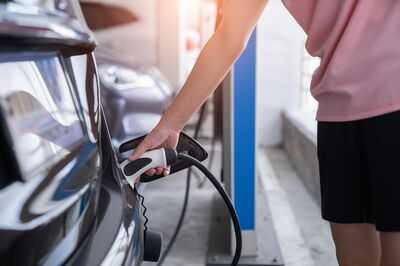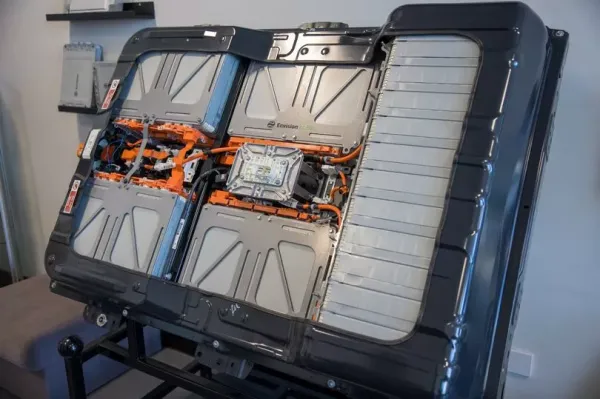
A leading expert has warned electric vehicle (EV) owners of the consequences of allowing their battery charge to fall below a particular percentage.
The UK EV market is getting bigger and bigger — a whopping 29,634 new Battery Electric Vehicles (BEVs) were sold domestically in January 2025 alone. BEVs are powered entirely by the electricity stored in a battery, while plug-in hybrids (PHEVs), for example, also utlise petrol engines.
The used EV market is also growing, with one in three used models now offered for under £20,000, meaning more motorists than ever before are considering switchover to electric. Understanding how to care for an EV battery is essential for both new and experienced owners alike.
READ MORE: EV sales hit 315k in 72 hours for one car brand as 500-mile range car launches

Richard Evans, head of technical services at webuyanycar, advised: "We wouldn't recommend you let your EV battery go completely flat before charging it again. Keep it above 20 per cent to a maximum of 80 per cent."
This guidance is particularly important for models equipped with non-lithium iron phosphate (LFP) lithium-ion batteries, such as the Nissan Leaf, Volkswagen ID series, Kia EV6 and Hyundai Ioniq. Richard explained that these batteries degrade faster when regularly charged to their maximum capacity of 100 per cent.
By maintaining the battery level between 20 and 80 per cent, owners can reduce chemical stress and slow down battery degradation. But for those driving EVs with LFP batteries, including some newer Teslas and BYD models, the expert's advice differs.
Richard noted: "Charging to 100 per cent daily is fine and won't degrade the battery life. LFP batteries are less prone to degradation at higher states of charge."
Regardless of battery type, the pro always recommends charging to full capacity before longer trips in an EV. He explained that for non-LFP batteries, charging to full once or twice a month can also 'help calibrate the battery management system', ensuring accurate range readings and optimal performance.
Factors such as driving style, usage of in-car heating or air conditioning, and also weather conditions, can all impact the real-world range and battery health of an EV. Smart energy recovery technologies, like regenerative braking, help top up the battery during use, but they do not replace the need for careful charging habits.
The battery is the most expensive part of an EV and its longevity is a key factor in the overall cost of ownership. Even though battery prices have fallen sharply in recent years and the affordability of both new and used EVs has improved, the need to protect this costly component remains vitally important. Following expert advice on battery care will help ensure EVs remain reliable and retain their value for longer.
Do you have a story to share? Email us at yourmirror@mirror.co.uk for a chance to be featured.